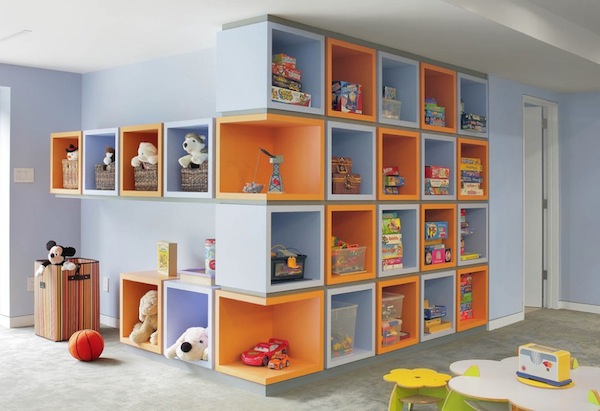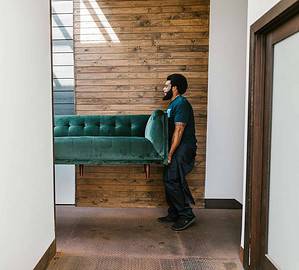The real challenge for designing a kid’s room is making sure that the room can grow with your child. With some savvy planning and use of key pieces of long lasting furniture, you’ll have the foundation down – meaning they can have some fun decorating.
Changeable Decor
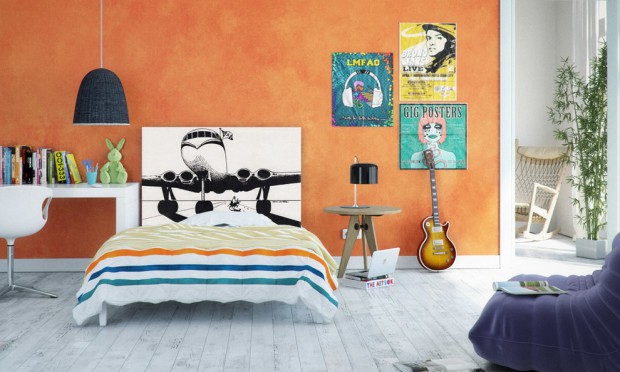
As it is your child’s room, after you have made the big decisions they should be involved in personalising their living space. Designer Helen Gordon suggests using changeable pieces- so instead of choosing specific wallpaper, opt for a neutral colour and let them choose changeable fixings such as posters, canvases, photographs, and hanging ornaments that can be rearranged and swapped out as they grow.
Beds
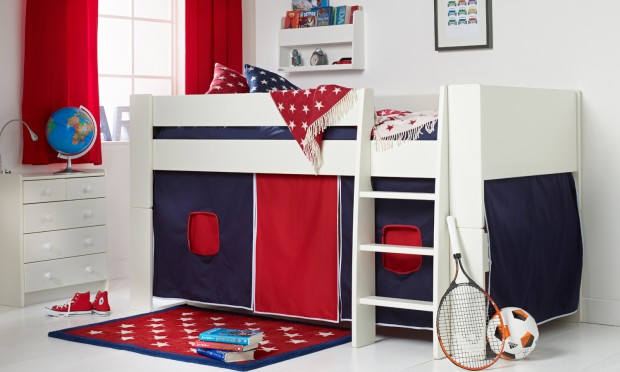
Undeniably the most important part of the room, start off with a bed that will last your child through their growth spurts. It really is worth the money to buy a bed that will last until they are fully grown, and makers of children’s beds tend to make these products more durable than their adult counterparts. To maximise space for other furniture and storage, midsleeper bunks have a storage area underneath the mattress to create extra floor space. The gap is perfect for a play area or reading nook for smaller children, or can be used as a storage area once they get too tall.
Study and Play
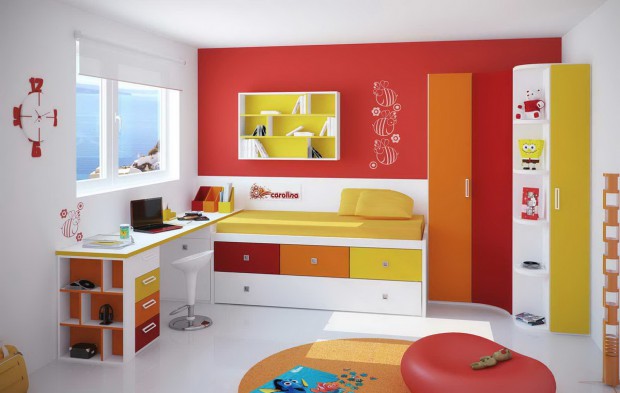
The next fundamental piece of furniture in a kid’s room will be a desk and chair: this serves as a durable workspace for anything from arts and crafts to a toy workshop to a study space. If a full-sized desk is too much of a squeeze for the room, look for a medium sized piece with storage drawers, or DIY a desk by adapting a bookcase to increase the countertop capabilities. Think about how it can be used as your child grows – today’s painting station will be tomorrow’s games nook. Grab a comfy chair (or two, for friends’ visits) and your junior office is all set.
Storage Solutions
It’s no secret that children manage to accumulate a lot of stuff over the years, through shopping trips, hand-me-downs, and relatives’ gifts. Make sure you have a home for everything, and talk with your child about where to keep things according to how often they are used. Keep stationery and school supplies in desk drawers where they will be within easy reach, and ensure that bookshelves and closets are organised so they don’t have to wait for a growth spurt to access any necessities. Out of season clothes and spare linens can be kept in storage tubes above the wardrobe or under the bed, while ornaments or anything fragile should be displayed within sight but out of harm’s way.

